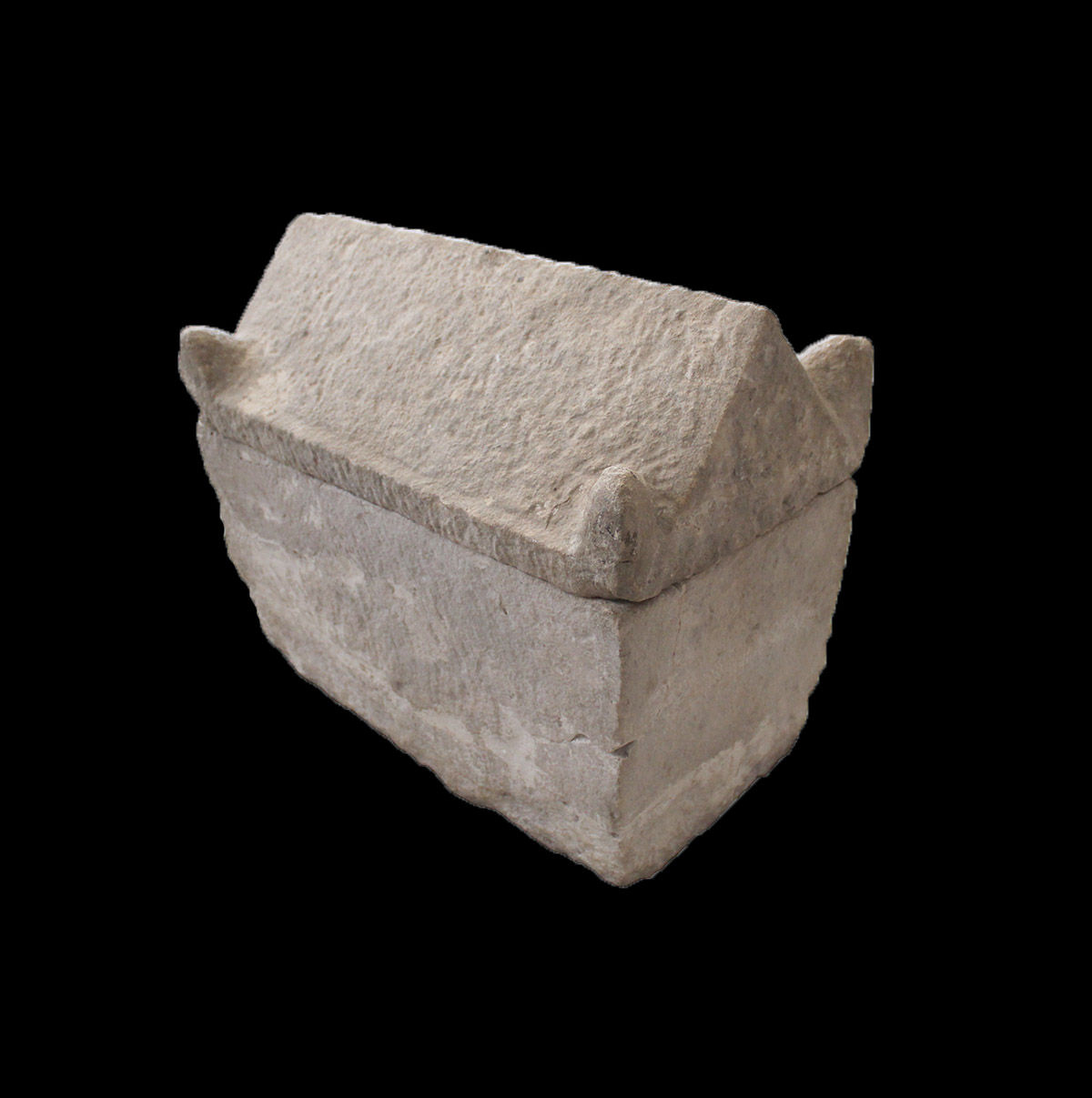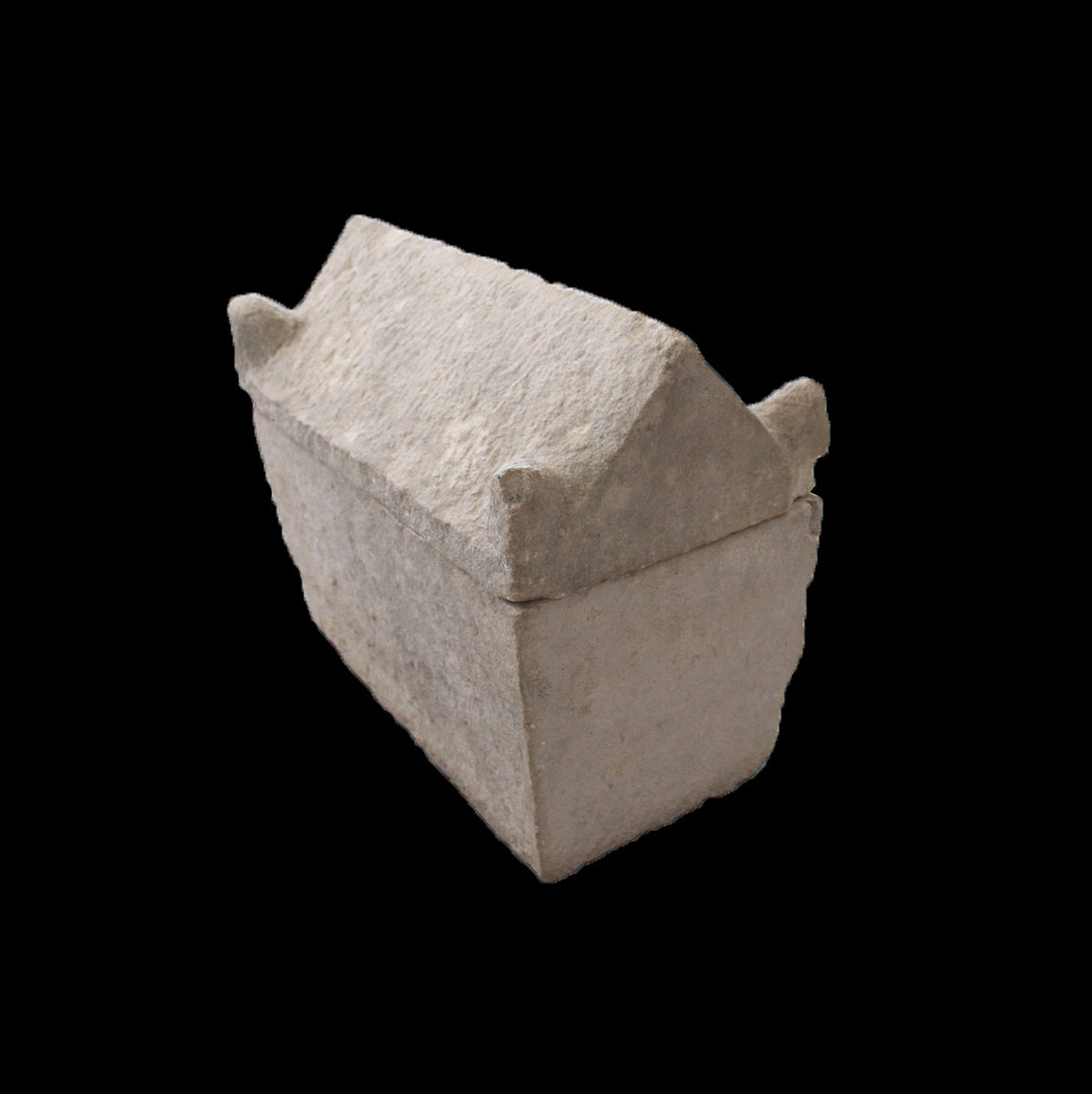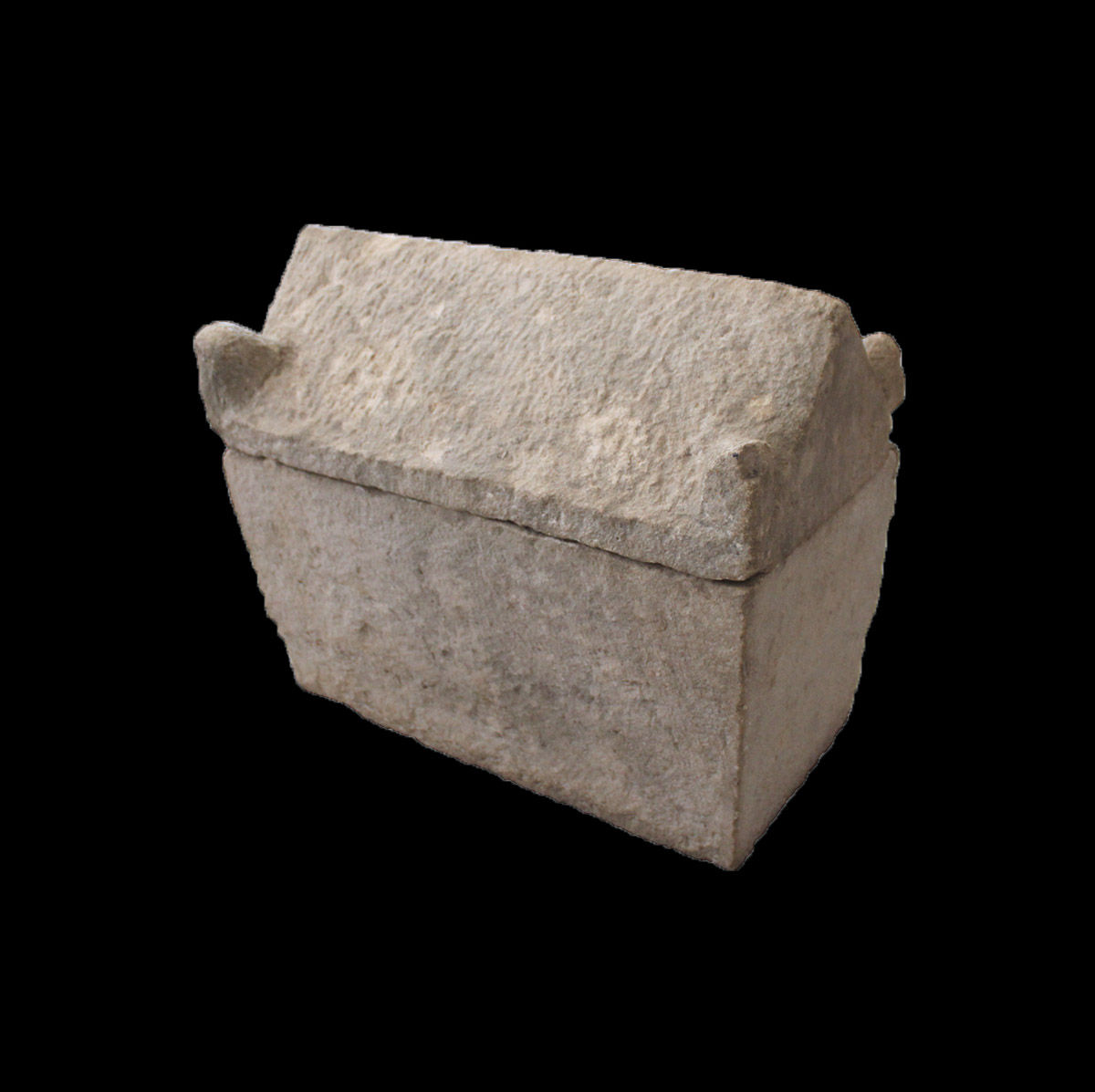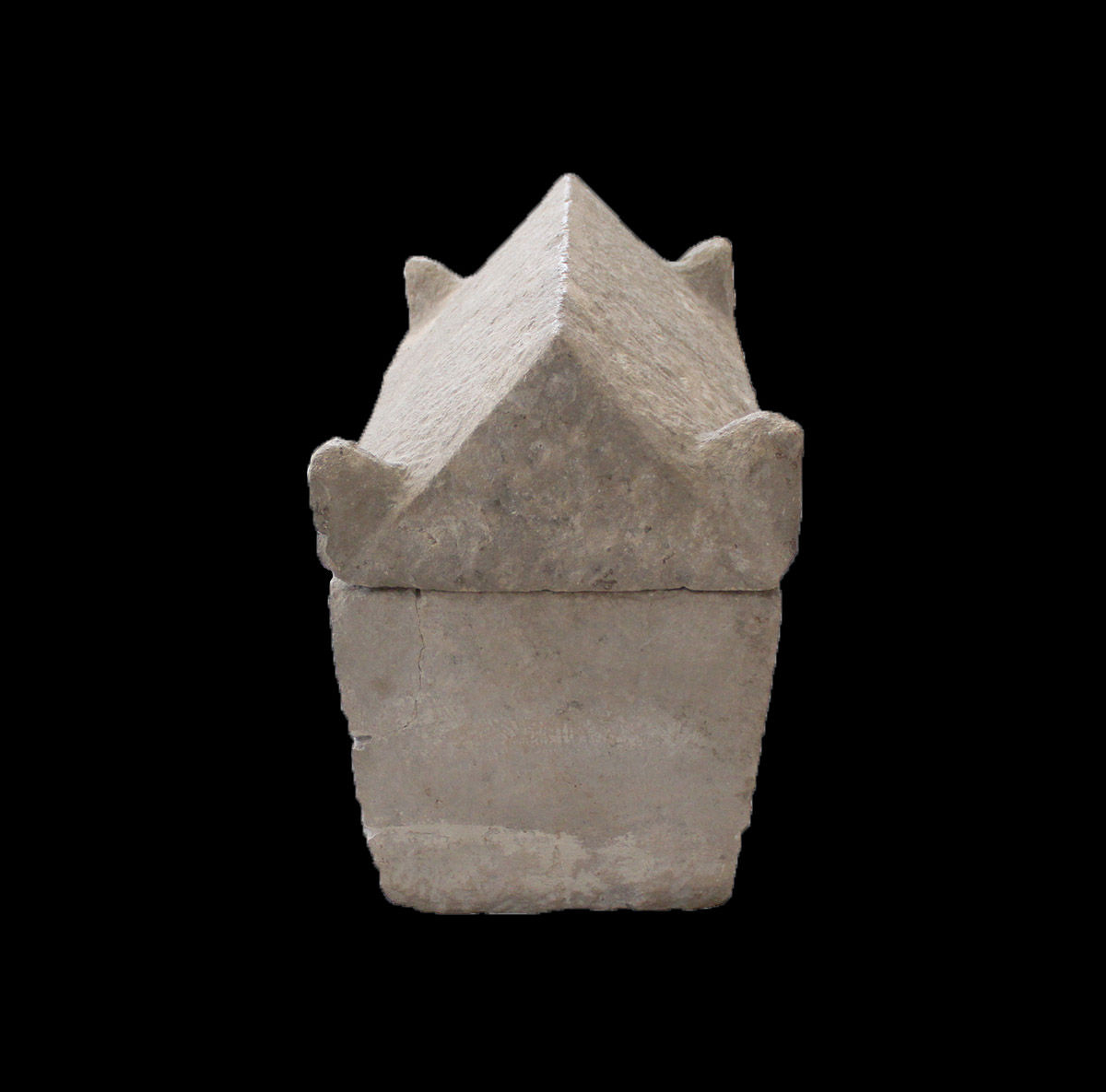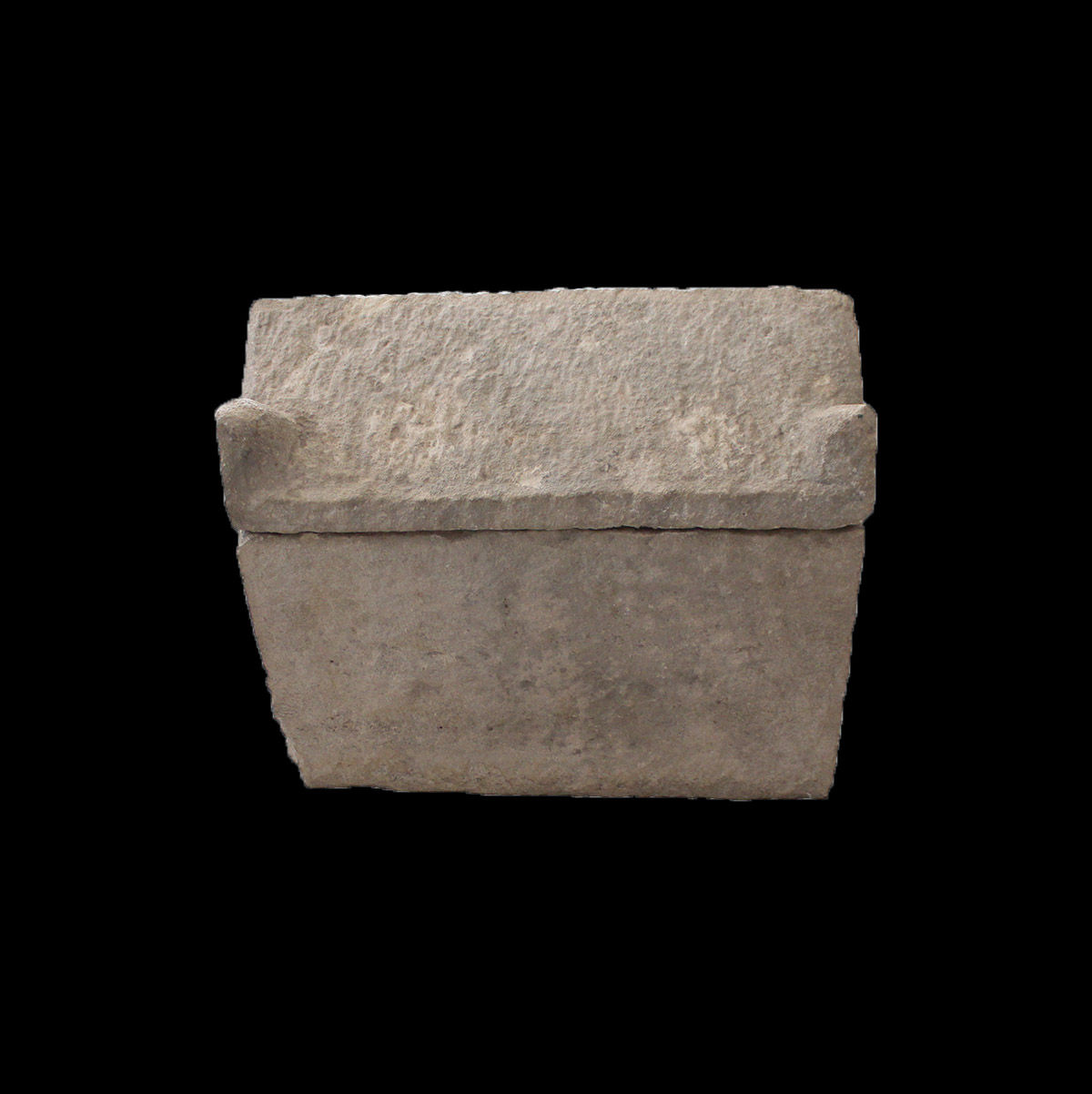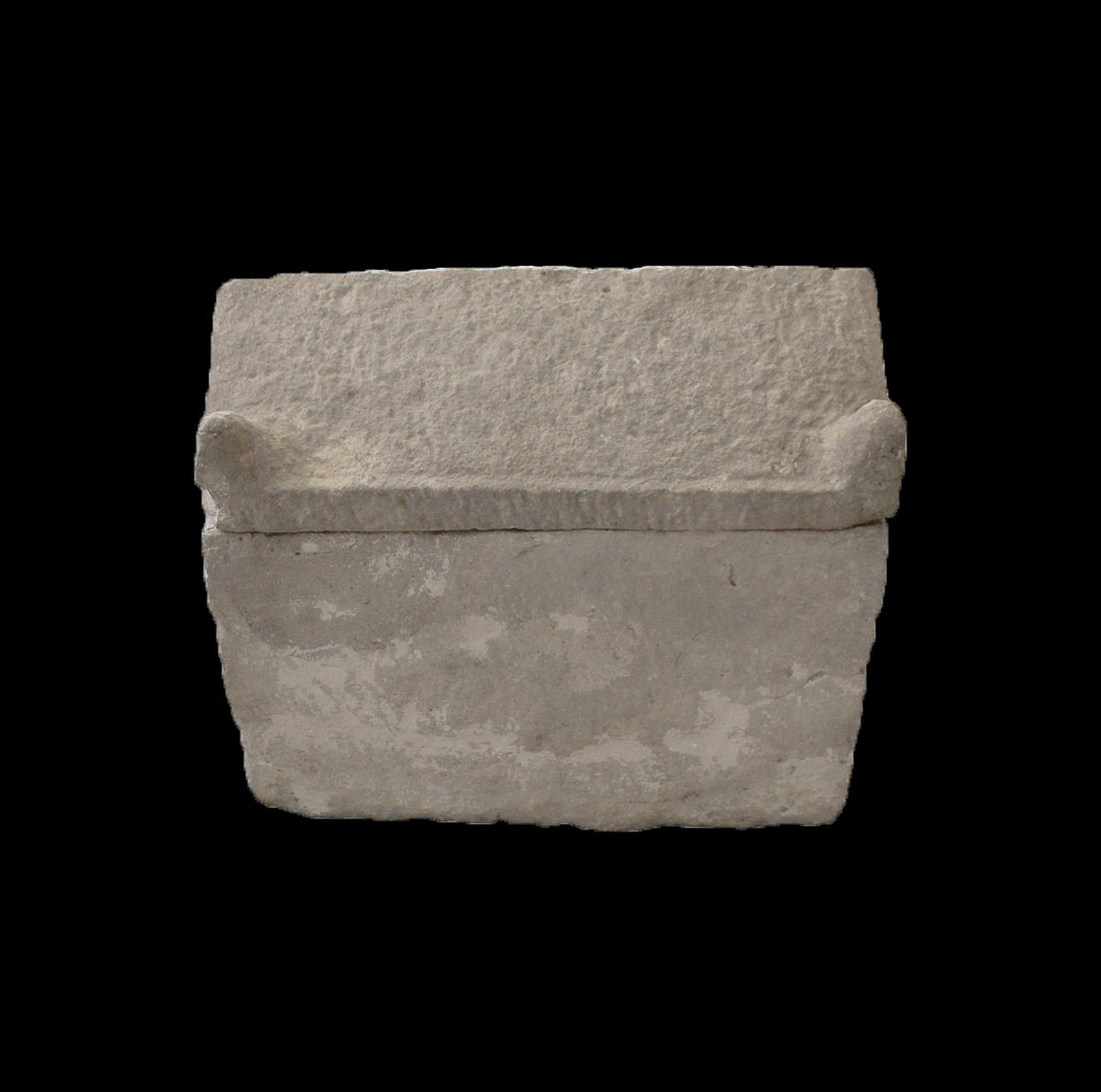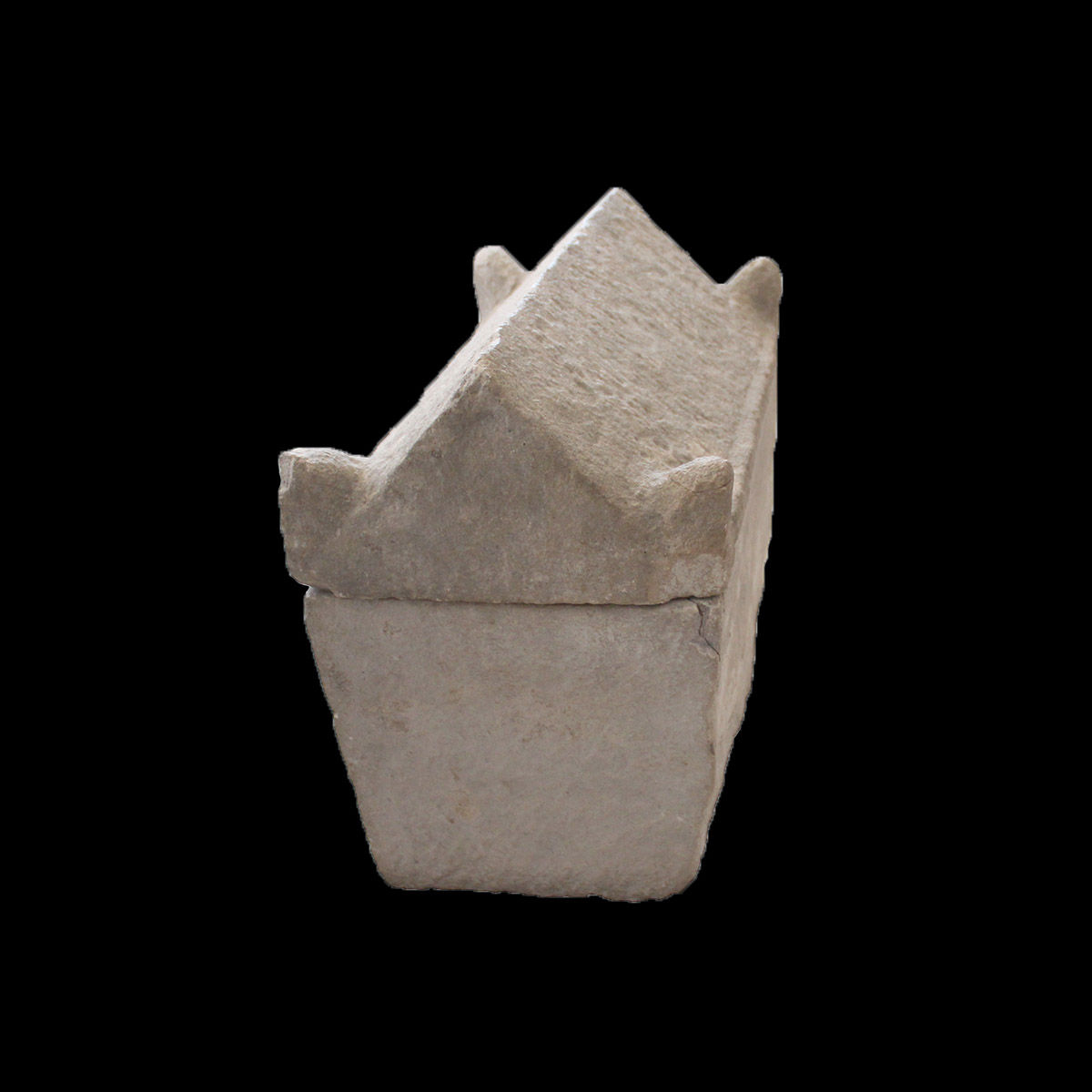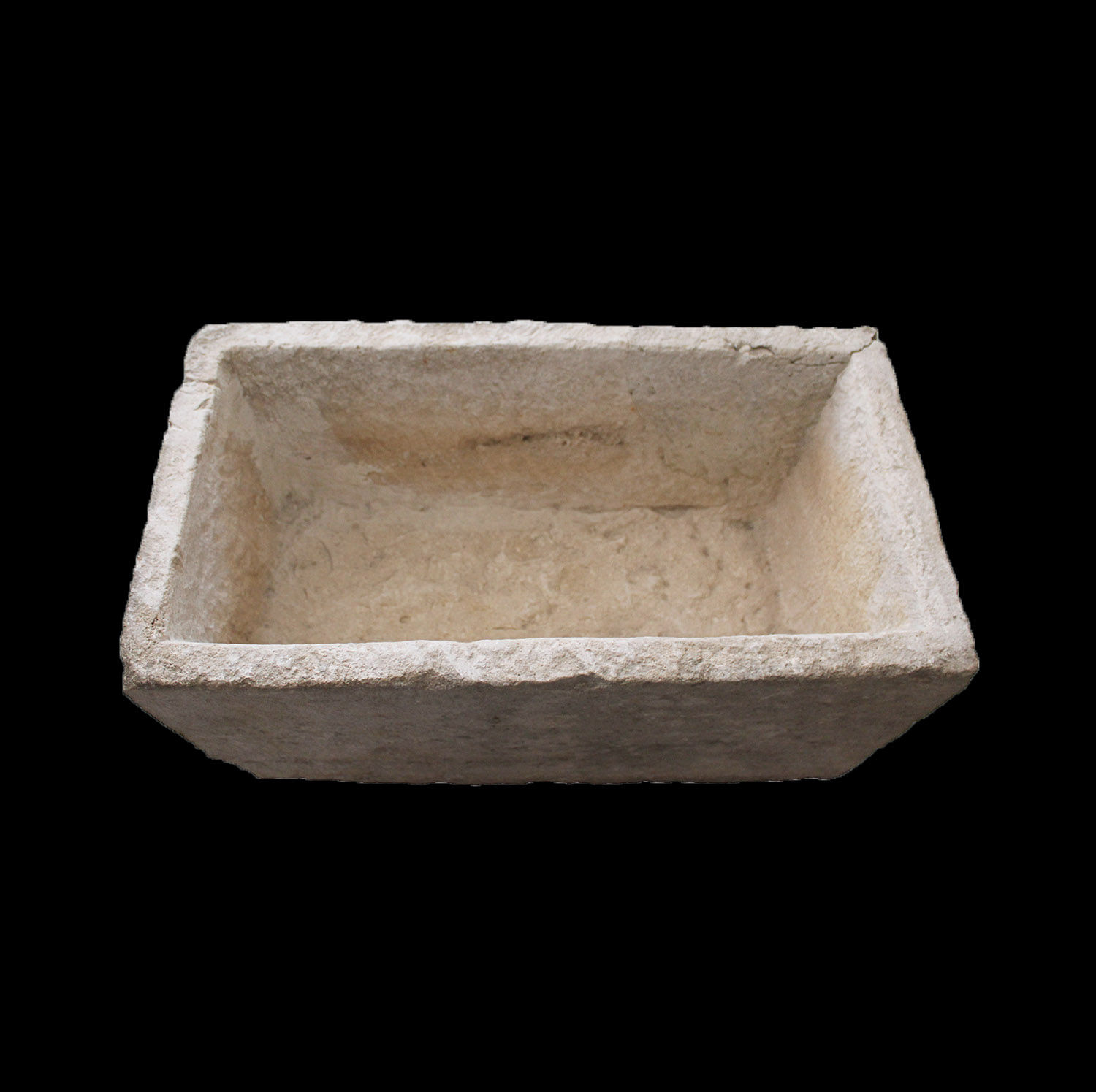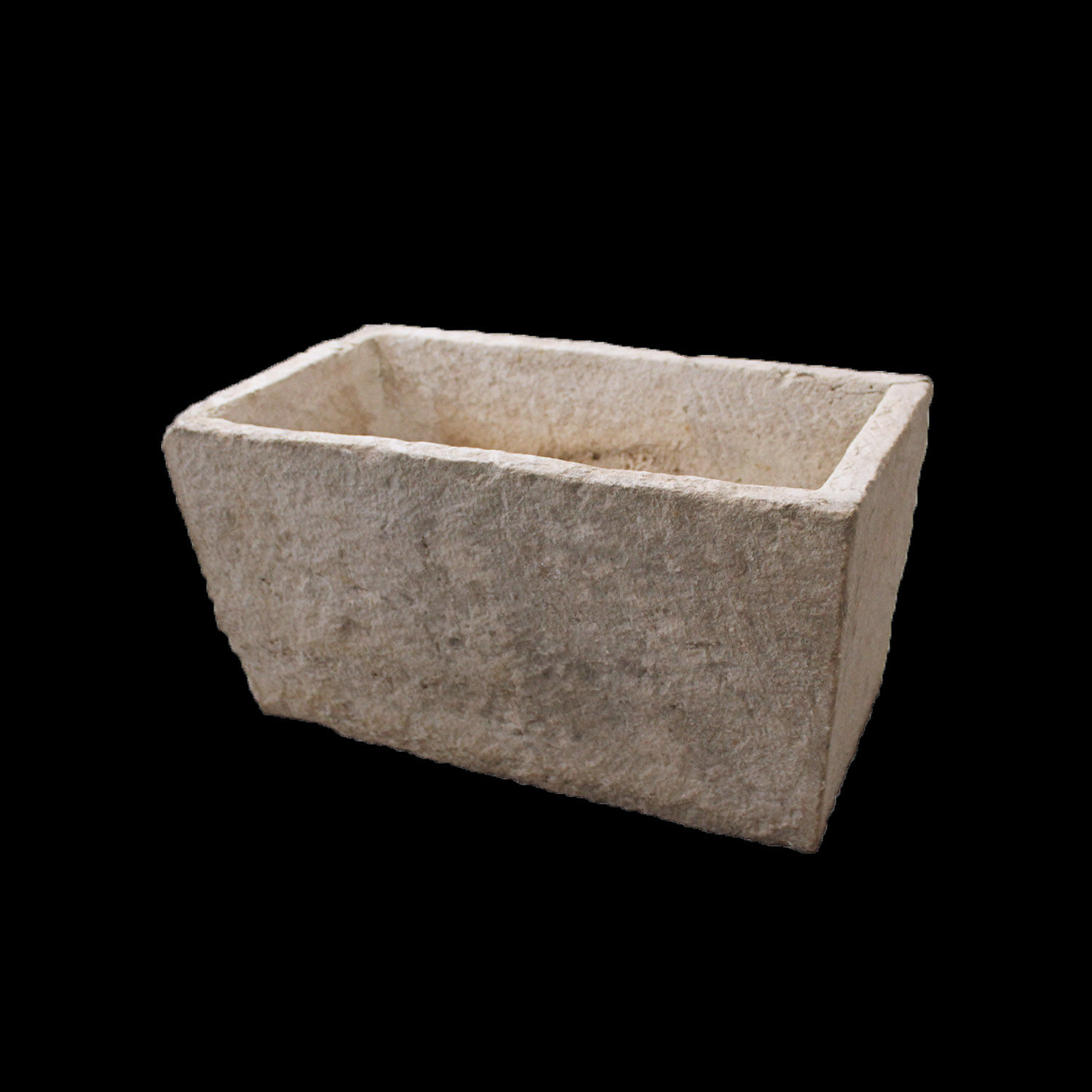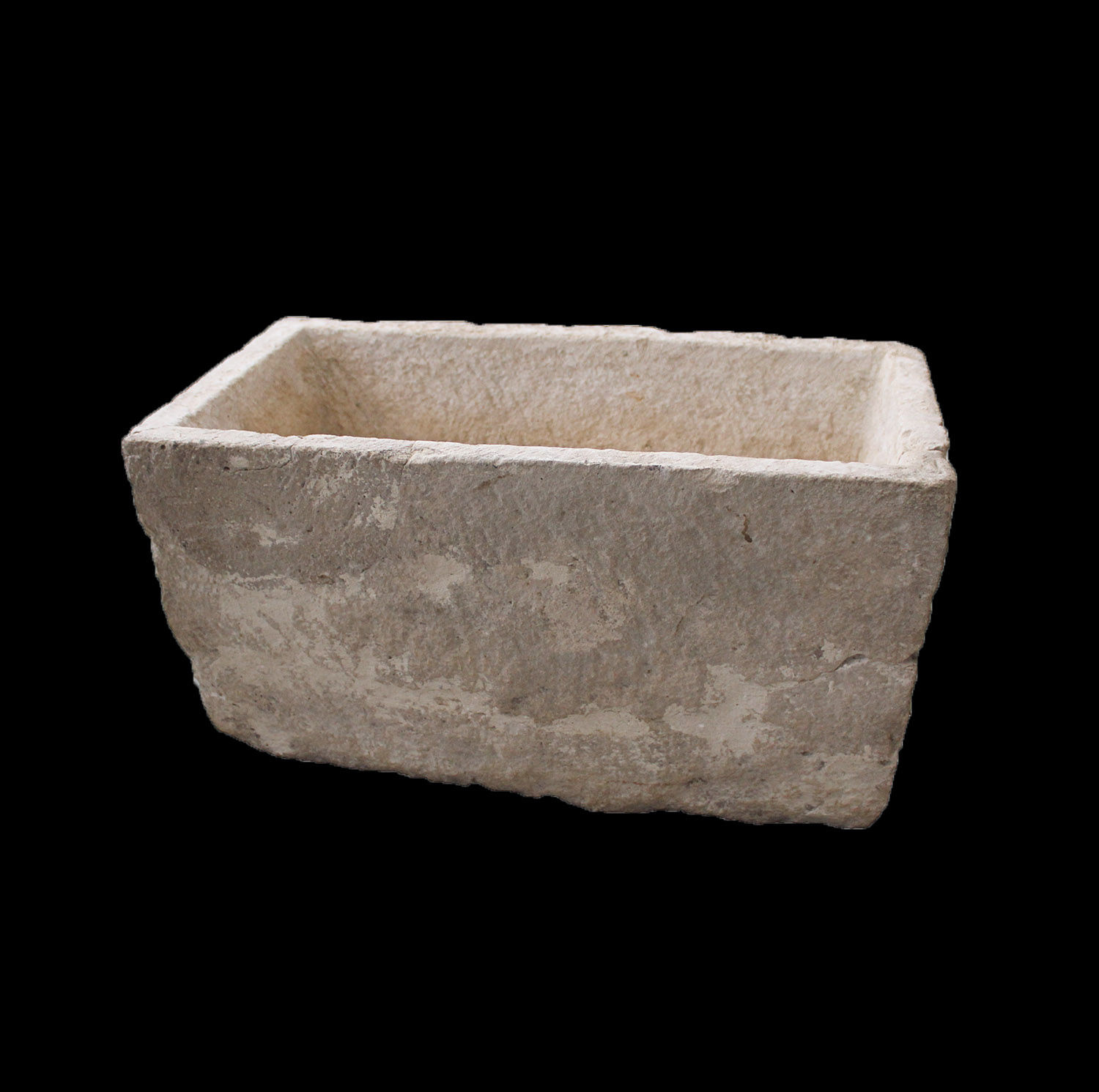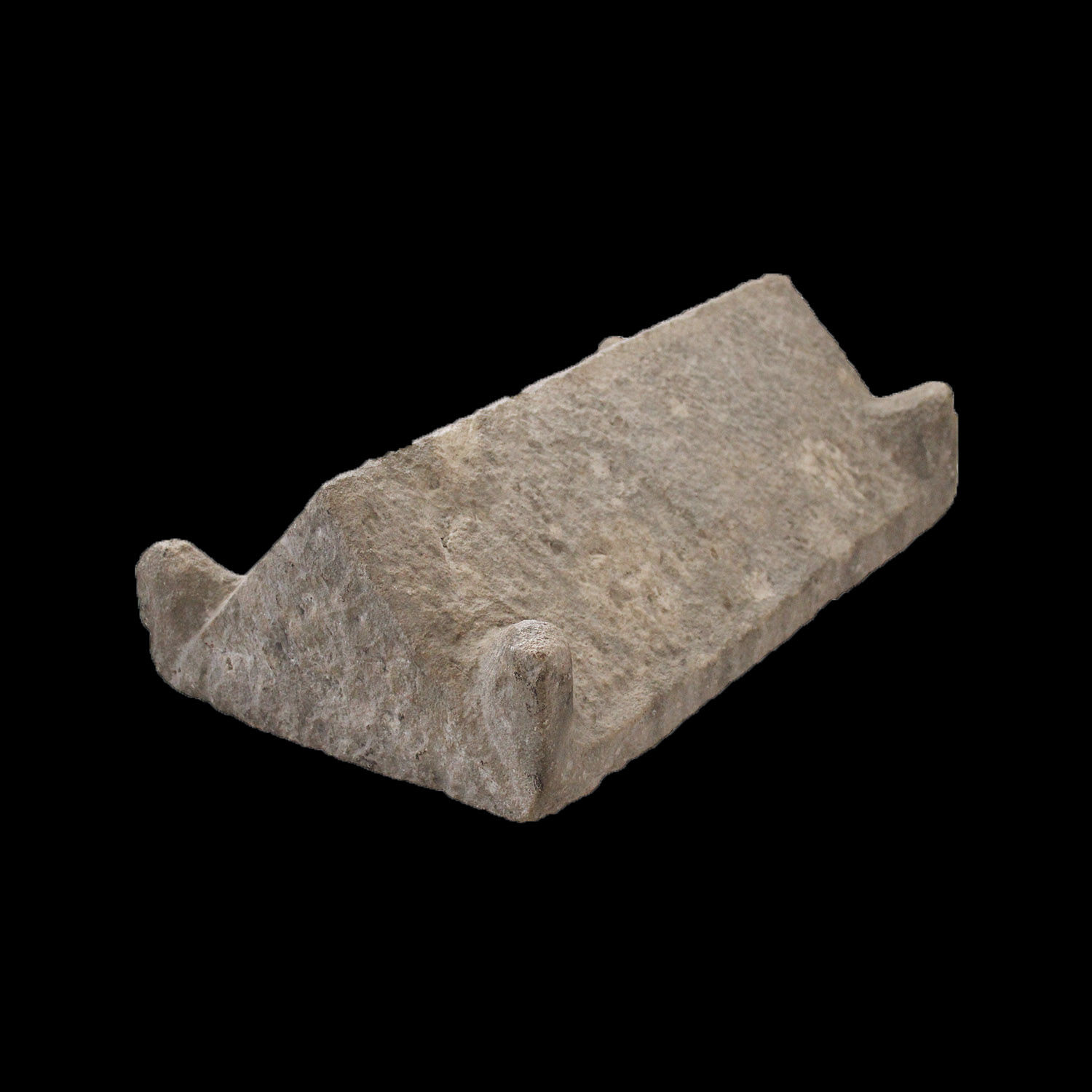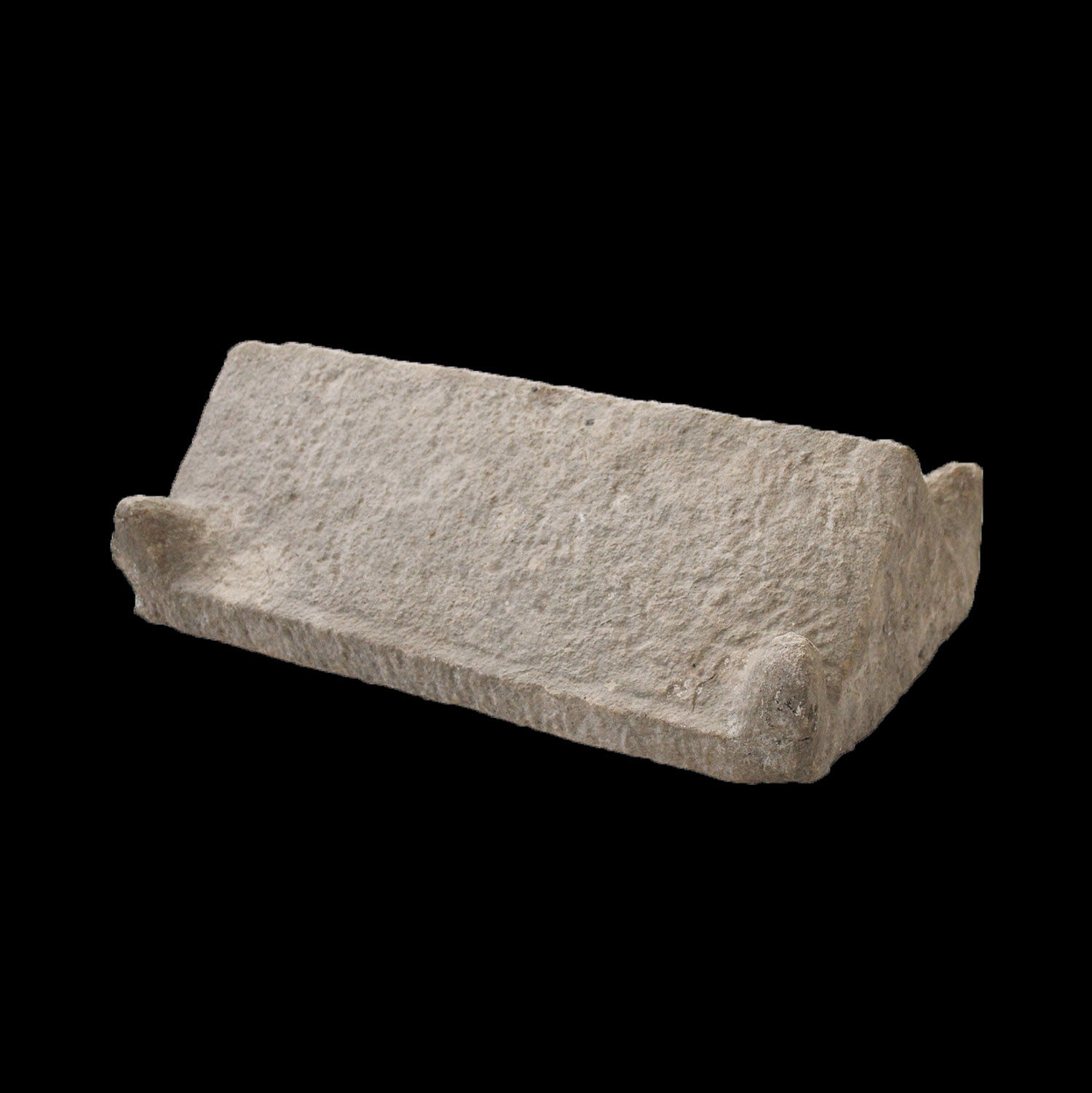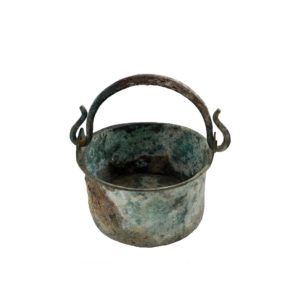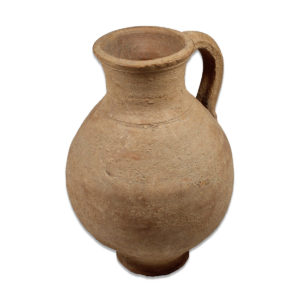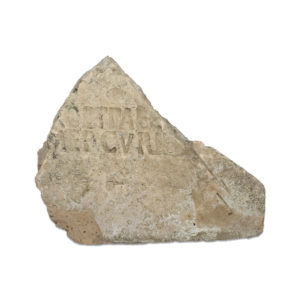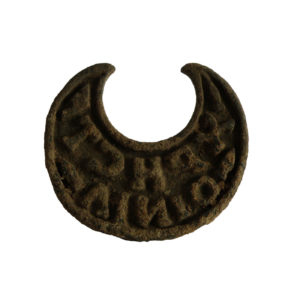Description
| ITEM | Sarcophagus |
| MATERIAL | Marble |
| CULTURE | Roman |
| PERIOD | 2nd – 3rd Century A.D |
| DIMENSIONS | 450 mm x 545 mm x 300 mm |
| CONDITION | Restored |
| PROVENANCE | Ex French private collection, acquired before 1980 |
In the burial practices of ancient Rome and Roman funerary art, marble and limestone sarcophagi elaborately carved in relief were characteristic of elite inhumation burials from the 2nd to the 4th centuries AD. At least 10,000 Roman sarcophagi have survived, with fragments possibly representing as many as 20,000. Although mythological scenes have been quite widely studied, sarcophagus relief has been called the “richest single source of Roman iconography,” and may also depict the deceased’s occupation or life course, military scenes, and other subject matter. The same workshops produced sarcophagi with Jewish or Christian imagery. Early Christian sarcophagi produced from the late 3rd century onwards, represent the earliest form of large Christian sculpture, and are important for the study of Early Christian art.
They were mostly made in a few major cities, including Rome and Athens, which exported them to other cities. Elsewhere the stela gravestone remained more common. They were always a very expensive form reserved for the elite, and especially so in the relatively few very elaborately carved examples; most were always relatively plain, with inscriptions, or symbols such as garlands. Sarcophagi divide into a number of styles, by the producing area. “Roman” ones were made to rest against a wall, and one side was left uncarved, while “Attic” and other types were carved on all four sides; but the short sides were generally less elaborately decorated in both types.


